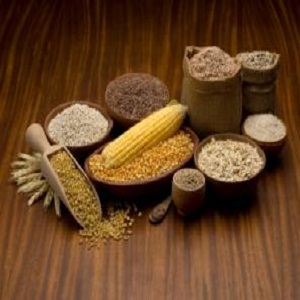How to Add More Thiamine to Your Diet

Thiamine was the first of the B vitamins to be discovered and is very beneficial for human body. It is chemically known as Vitamin B1. Thiamine is water soluble and has a number of benefits. It contains thiamine pyrophosphate or TPP which helps in body metabolism by converting carbohydrates into energy and so plays a crucial part in cellular energy production. It also strengthens the nervous system and the brain development, especially in new born babies. The deficiency of thiamine is known as beriberi which has symptoms like weak body movements especially in walk, confused state of mind, shortness of breath and increased heart rate. Thiamine can be taken both through food and through oral supplements. Food of course is a natural and much better option. Let us see how you can include it in your daily diet for a healthy body.
Instructions
-
1
Meat like Poultry, beef, pork and fish are all good sources of Thiamine. Pork is especially richer in thiamine content. Processed meat products that have been fortified with vitamins contain good amount of the vitamin. Fish varieties like salmon and trout are specially loaded with thiamine.
-
2
Whole grains are particularly rich in thiamine. Their outer coating and husk is particularly good in storing this vitamin. This includes Wheat germ and bran, rice husks and oat bran. However, processed foods get rid of this husk and outer coating to refine the grains. They then fortify the food with thiamine. If you are buying processed food products, make sure it has fortified thiamine. Get vitamin fortified cereals for breakfast because they include a fair amount of thiamine to give you a jump start of the day.
-
3
Dried beans and peas also contain good amounts of thiamine. Inculcate them in your regular diet so that you intake a good amount of the vitamin in a delicious way because both beans and peas can become your favourite food when cooked with love. Nuts are also known to be good sources of the element. All you need to do is to make healthy food decisions by knowing the food that you eat.

